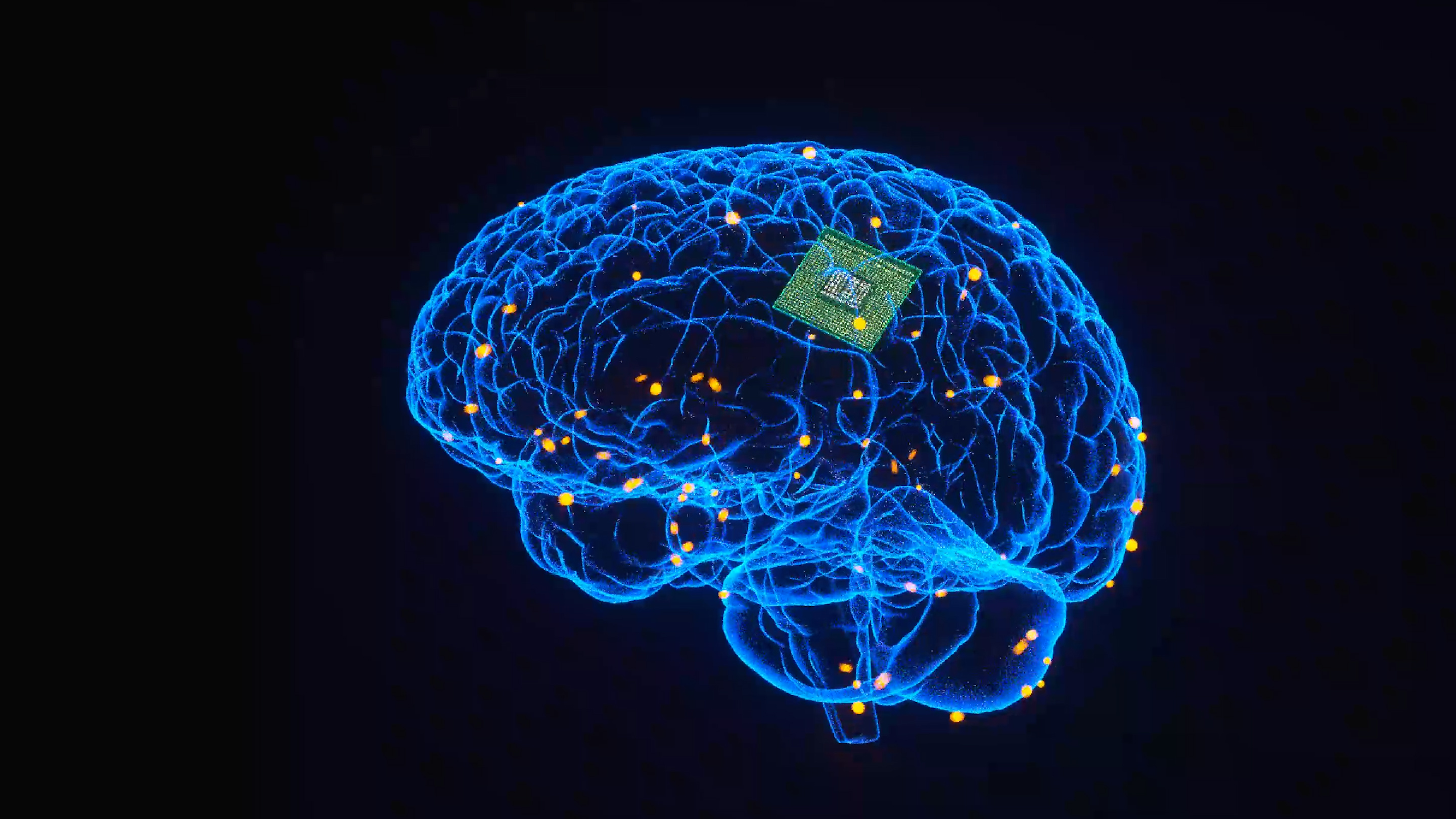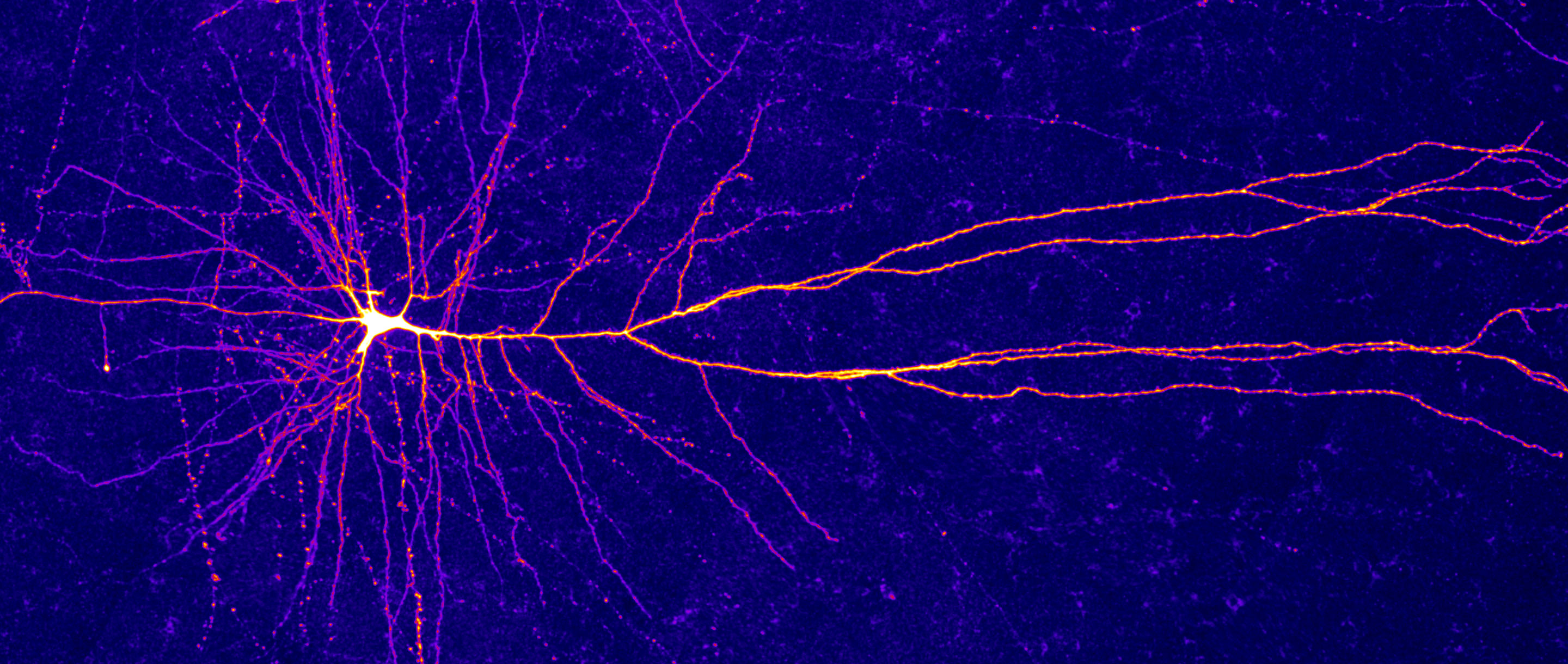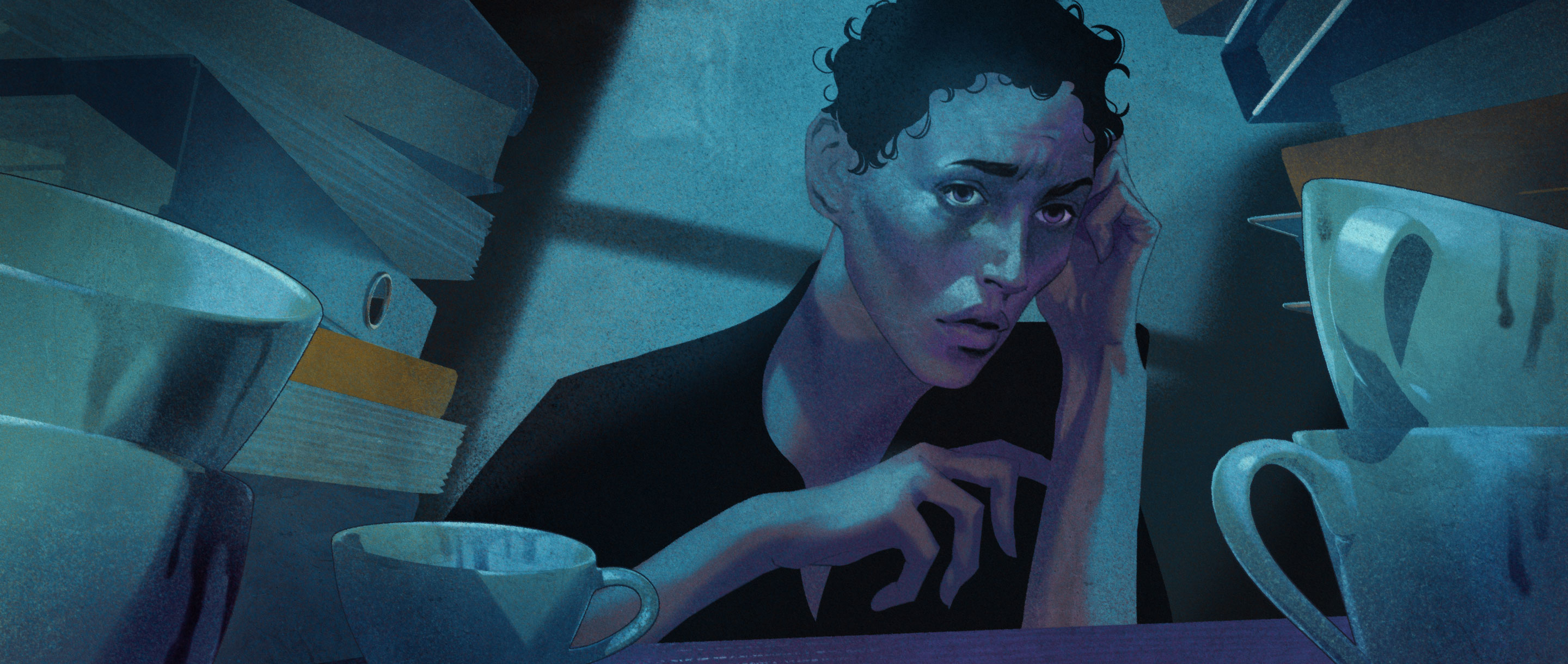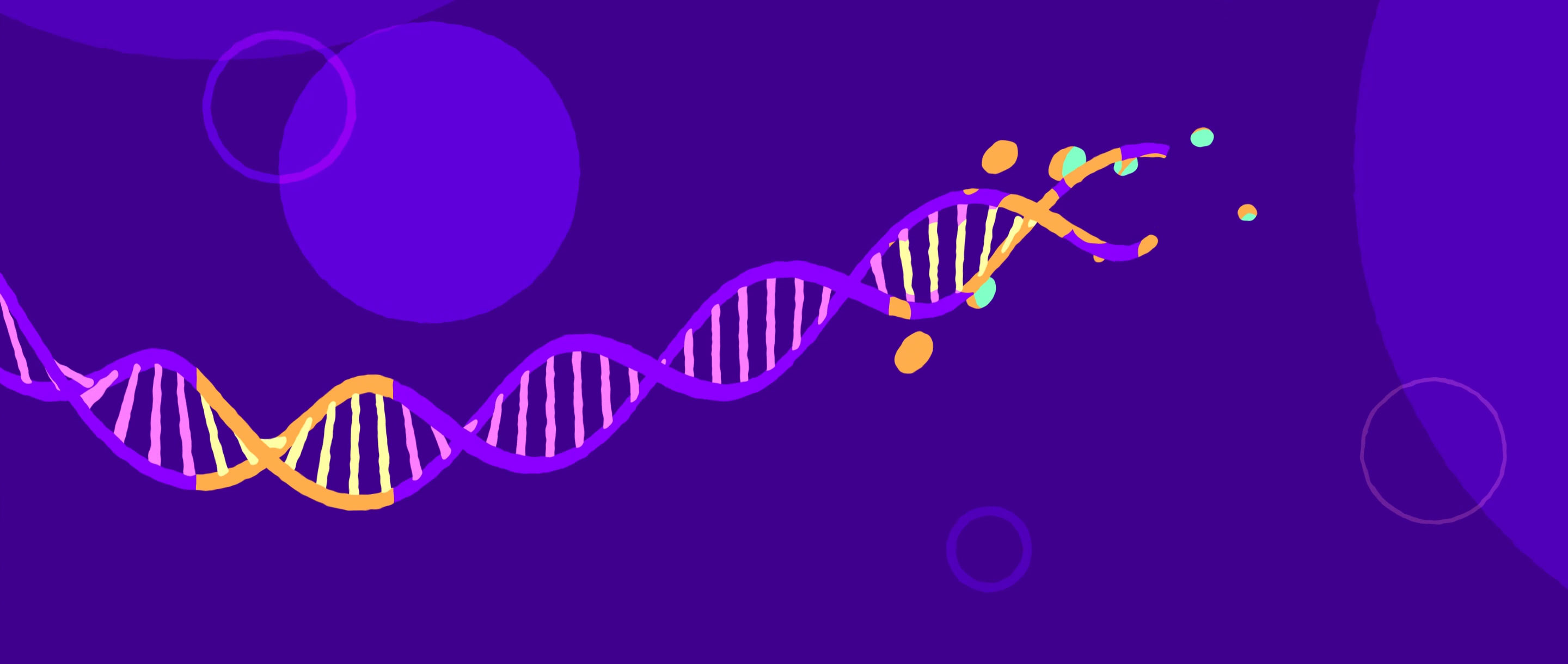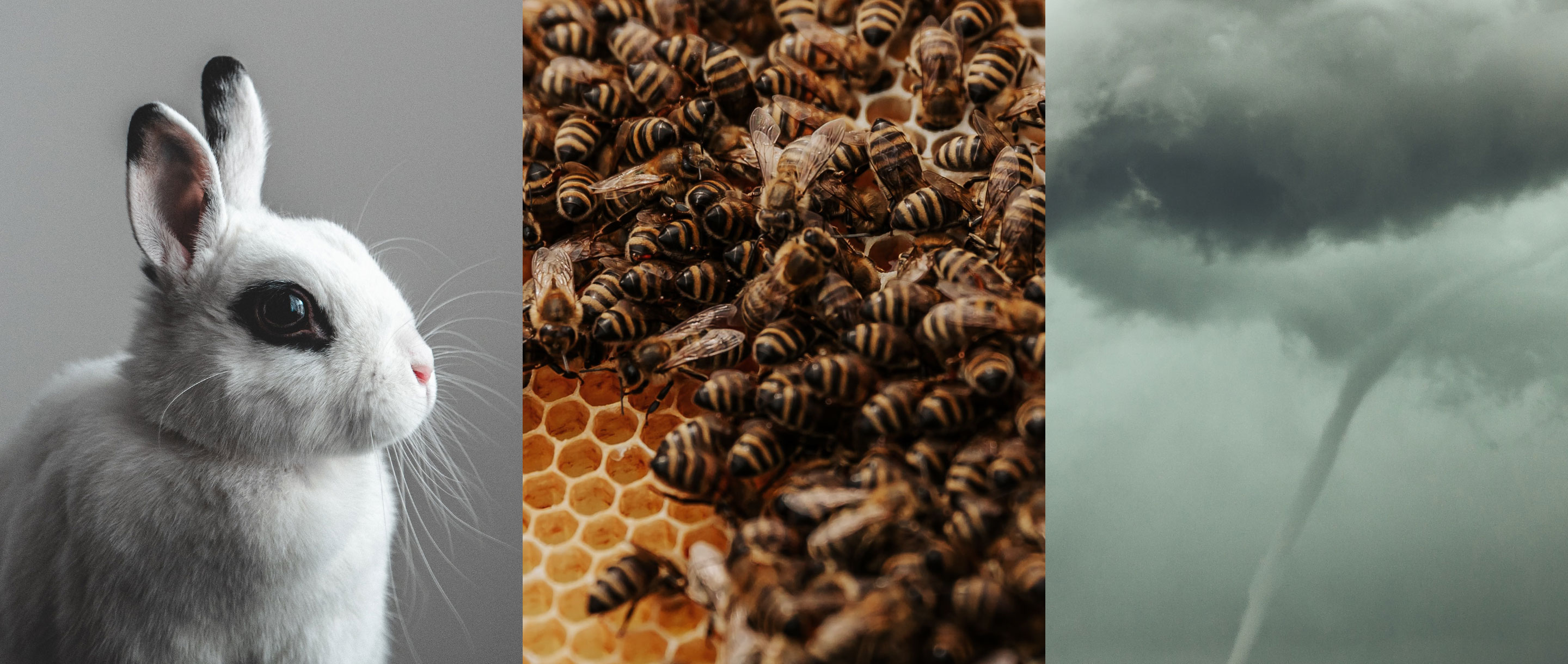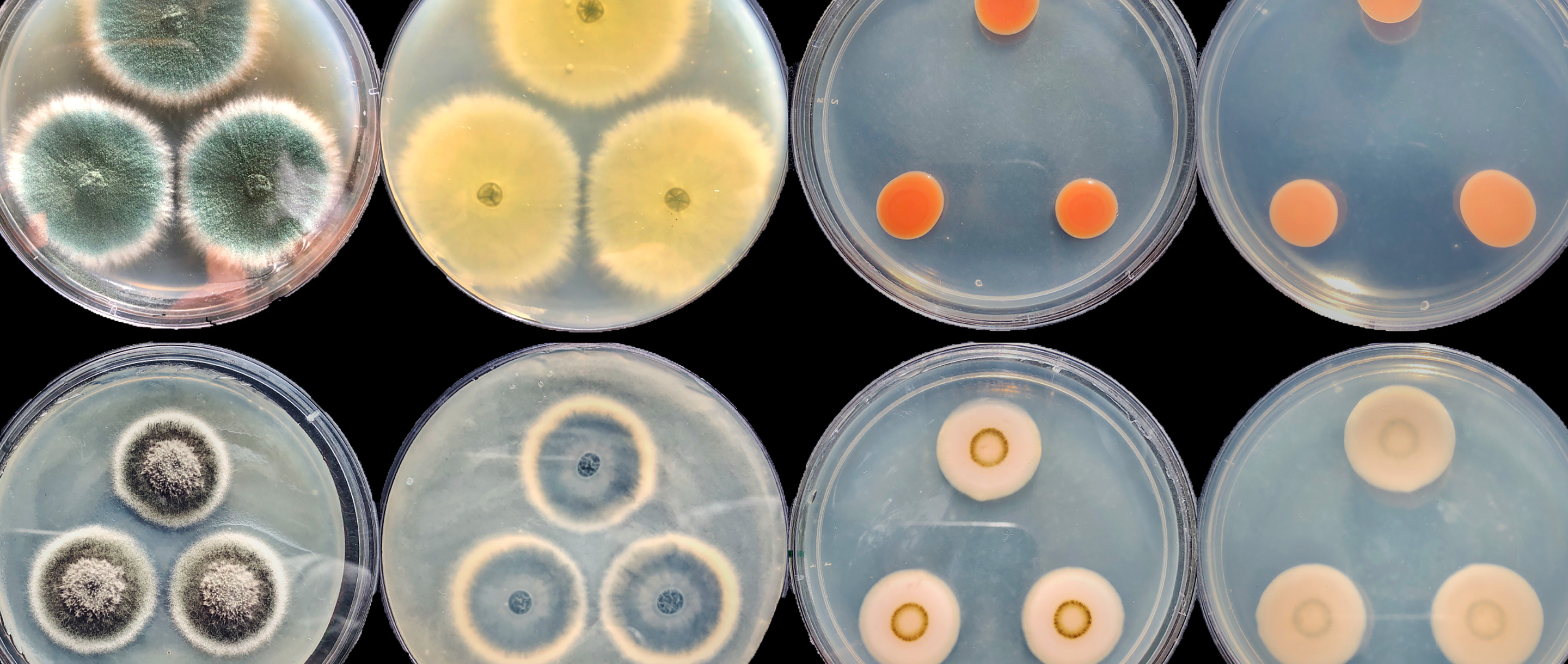Introduction
When it comes to choosing this year’s biggest story in the life sciences, there’s really no competition. This will always be remembered as the year the COVID-19 pandemic exploded. With about 78 million confirmed cases worldwide, the novel coronavirus, SARS-CoV-2, has directly caused more than 1.7 million deaths, hammered the global economy, all but eliminated public gatherings and social events, forced a transformation in how people learn and work, and somehow made wearing a face mask into a political act. Epidemiological concepts like “herd immunity” and “aerosol transmission” are now fodder for casual conversations.
Grim as events have been, however, remarkable science has soldiered on. Much of it has been research on COVID-19 and other viruses, or on the body’s immunological responses to invasions by such pathogens. Relatively little was known about SARS-CoV-2 early in the pandemic — much of what we believed about it was based on experience with other coronaviruses, often in animals, as well as with HIV and the Ebola virus. But studies about SARS-CoV-2 accumulated rapidly, many of them focusing on the “spike” protein on the virus’s surface as a potential target for vaccines. The impressive speed with which new vaccines have been developed against the coronavirus owes a lot to that outpouring of work.
Progress was made on other scientific fronts, too, many of them of particular interest to Quanta readers. “Deep learning” artificial neural networks are proving helpful for understanding how the brain processes information (even though the brain’s computational complexity may also be much greater than scientists thought). Microbial ecologists were astonished to find cells inside basalt far under the ocean floor that have survived for perhaps more than 100 million years. And if you have been losing sleep over recent events in the news, well, science has finally learned why that is so bad for you, too.
Reuters/Adnan Abidi
Coping With the COVID-19 Pandemic
As COVID-19 swept across the globe, politicians, public health officials and the media were frantic with questions about how bad it would get and what societies and individuals should do to contain its spread. Early in the pandemic, some people drew overly hopeful conclusions about certain populations being more resistant to the coronavirus, or about herd immunity’s ability to stem the spread without a vaccine. But old-fashioned isolation (including social distancing) and research on vaccines against SARS-CoV-2 have turned out to be irreplaceable. Some researchers even speculate that vaccines for wildlife might be our best hope for curbing future pandemics. And although it’s no consolation for the terrible toll of the pandemic, research focused on COVID-19 has yielded more general insights into the genetic components of disease severity and overlooked aspects of our immune defenses.
Imre Vida (NeuroCure Cluster, Charité – Universitätsmedizin Berlin)
Understanding the Brain’s Computing Power
The brain is often described as an organic computer, but that comparison breaks down in its details. Digital computers harness the power of hundreds of millions if not billions of transistors that are each fundamentally a simple on-off switch. In a human brain, the analogous components are the 100 billion interacting neurons, which are anything but simple, as ongoing research shows. Researchers are coming to understand that even the dendritic arms of neurons seem capable of processing information, which means that every neuron might be more like a small computer by itself. But the analogy to computers does have its uses; when artificial neural networks capable of “deep learning” tackle problems of perception, the ones that work best have organizational structures remarkably similar to those of the living brain. Both types of systems seem to converge on the same computational solutions, which may mean that deep networks could be increasingly useful tools for deciphering the brain’s secrets.
Corey Brickley for Quanta Magazine
Why Sleep Is Vital
“Sleep … knits up the raveled sleave of care,” said Macbeth, but that description tiptoes around the true importance of sleep: Deprived of it, we and other animals die. More than a century of scrutiny failed to explain why lack of sleep is so deadly. This year, an answer was finally found — not inside the brain, as expected, but inside the gut. Experimenting on fruit flies, scientists discovered that sleeplessness triggers the formation of free radicals in the intestines, which may set up a cascade of other problems in the body. Intriguingly, antioxidants helped prevent the damage and freed the flies from a need for sleep, although it would be dangerously premature for any humans to try that as a remedy for their own sleeplessness.
The Origins and Exits of Genes
Random mutations and DNA duplications can create new variations on old genes, but for many decades biologists had only the cloudiest understanding of how truly novel genes could evolve and acquire functions. Many scientists were skeptical that it was even still possible, given the genetic intricacy of advanced life. More recent discoveries, however, make an overwhelmingly strong case that new genes are evolving routinely in the stretches of the genome often derided as “junk DNA.” Moreover, these new genes seem to be just as essential to the development and survival of organisms as much more ancient genes are, in part because conflicts between species and within organisms constantly threaten to make older genetic solutions obsolete. Oddly enough, additional genes do not necessarily make organisms more complex: Studies have found, in fact, that in many lineages of species, creatures grew more complex while jettisoning genes.
Biological Individuality and Symbiosis
Individuality is a slippery concept in biology because so many organisms are highly dependent on one another. Is an ant colony, for example, better understood as a society of individual insects or as a biological collective with its own identity? Nevertheless, in 2020, scientists made important progress in understanding this balance between interdependence and individuality in biology. Armed with information theory, some researchers found objective criteria for defining degrees of individuality in organisms. Evolutionary biologists pieced together how an essential symbiotic partnership between carpenter ants and the bacteria that live in their guts came to be 51 million years ago; on the flip side, other researchers discovered how some animals survive without any permanent microbes in their guts at all. And scientists studying slime mold amoebas showed that sometimes “loners” who are seemingly out of step with their fellows can serve a secret purpose for the collective.
Part of what makes individuals unique are the combinations of genes and environmental influences that shape them — nature and nurture. But biologists are becoming increasingly aware that random statistical variation, or “noise,” is also an important factor. Evolution seems to have shaped developmental programs to take advantage of noise as a natural generator of diversity.
Emma Keeler, Geology and Geophysics Department, Woods Hole Oceanographic Institution
A Deep Domain for Life at the Limits
Microbial life has been found thriving far underground, in boiling hot springs and inside sediments on the seafloor — results that make many scientists hopeful about the prospects for life on other planets and moons in our solar system. This year, living cells were found in another of the least hospitable environments on Earth, showing how doggedly life can hang on. Biologists extracted living cells from inside basaltic rocks that had been isolated from sunlight and nutrients for perhaps hundreds of millions of years. The cells live at a pace so slow that they might divide only once in 1,000 years. Further work showed that some of these cells are in a state of suspended animation so extreme that they consume almost the absolute minimum amount of energy for survival. Perhaps that is biology’s most inspirational lesson for 2020: Life endures.
